Webinar Historical Imagery and offsets, Sam
In partnership with Edumine, Sam Rivet provide an overview of the types of survey errors, offsets, and historical record for Mufulira TSF in Zambia.
compliance legacy asset management mine closure tailings management
